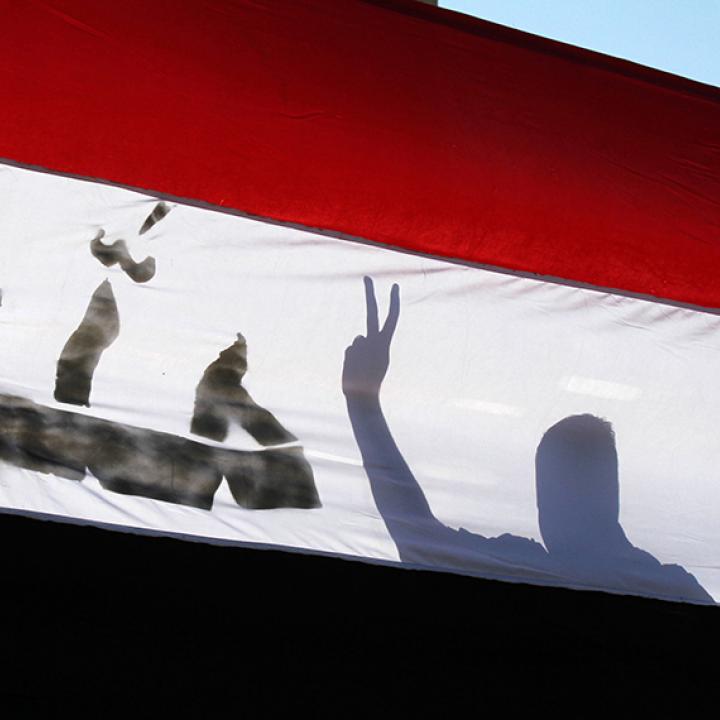

Establishing safe zones, pursuing a tougher line of negotiation with Russia, and limiting Iran's destabilizing presence are the best ways of addressing the country's de facto partition.
President Bashar al-Assad does not have the manpower to retake the two-thirds of Syrian territory outside his control anytime soon. At the same time, Assad is not going anywhere absent a major military intervention by the U.S. and the West. This is essentially a redo of 1990s Saddam Hussein's Iraq, where the country was divided and unstable. This time around, however, Assad's military is far weaker than Saddam's, leading Iran to send more Shiite militiamen to help Assad blast his way back into power. President-elect Trump not only faces a divided Syria, but an unstable one in which U.S.-designated terrorist groups play a considerable role on every side.
To deal with this situation and put the pieces of Syria back together again, the Trump administration should:
1. Accept Syria is de facto partitioned and establish safe zones: The U.S. should deal with Syria's component parts in order to alleviate humanitarian suffering, stem the flow of refugees, and combat terrorism. Establishing safe zones for Syrians in different opposition held areas bordering Turkey and Jordan would be the best way to build the areas that President-elect Trump says can help Syrians "have a chance." Turkey's establishment of a de facto safe zone north of Aleppo, with an understanding from Russia, is a new and potentially powerful opportunity to protect Syrians and serve as a military and political basis for uprooting ISIS down the Euphrates Valley. Kurdish areas and southern Syria are other options.
2. Negotiate hard with Moscow: The Trump administration should test Russia's commitment to combating terrorism in Syria, restraining the Assad regime, and bringing about a workable political settlement by renegotiating the Joint Implementation Group agreement struck with Moscow last autumn. Key will be setting up clear dilemmas to determine Moscow's intentions. And keeping Washington's covert program going in order to be able to deliver key parts of the opposition in stabilization and attempts at national reunification.
3. Split Iran and Russia on Syria: Tehran and Moscow support the Assad regime with militia and airpower, respectively. But the question remains to what political end. The U.S. should negotiate with Russia on a sustainable Syrian settlement that will keep Hezbollah and other Iranian-backed Shia militia out of Syria. This will go a long way to fulfilling the Trump administration's goal of getting a better outcome from the recent Iranian nuclear agreement and checking its regional expansion.
Andrew Tabler is the Martin J. Gross Fellow in The Washington Institute's Program on Arab Politics. This item was originally published as part of a NewsHour roundtable discussion on the next administration's options in Syria.
PBS NewsHour



